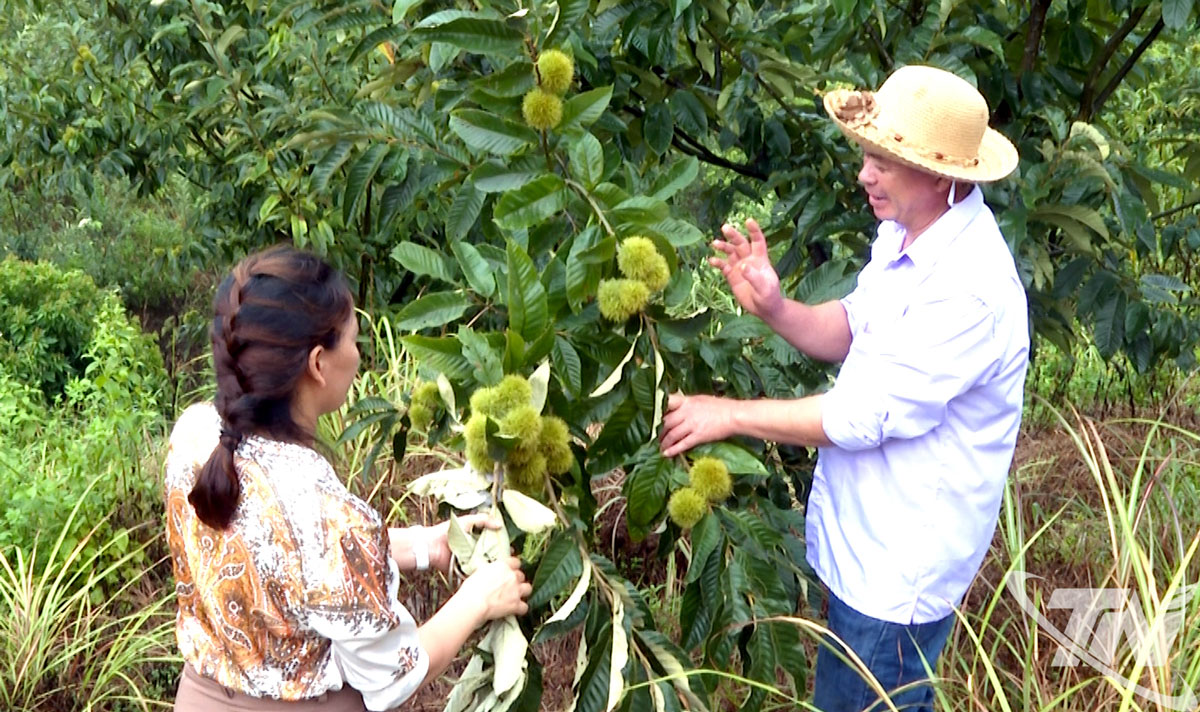 |
| People in many northern communes of the province develop chestnut tree planting, bringing in stable income. |
About half a century ago, many households in Na Phac, Ngan Son and Bang Van communes brought Trung Khanh chestnuts ( Cao Bang ) to plant around their houses to get seeds for family use. Along with that, there are also many ancient chestnut trees in the locality.
Realizing that this type of nut is a popular specialty, people began to propagate and expand the planting area. Then, approaching the type of chestnut with large, fragrant seeds and higher productivity, people continued to buy seeds to plant, gradually expanding into a specialty tree area.
Up to now, the three communes of Na Phac, Ngan Son and Bang Van have had more than 100 hectares of chestnuts, of which nearly 30 hectares are yielding stable harvests. Currently, people have entered the chestnut harvest season, these days people are taking advantage of the opportunity to collect and bring chestnuts home to separate the seeds.
This year, the price of chestnuts ranges from 80,000 to 100,000 VND/kg, making the joy of harvest even more complete. On average, a 5-year-old chestnut tree produces about 10kg of nuts, trees over 10 years old, well cared for, can produce 20kg of fresh nuts, bringing a stable income to the family.
Mr. Nong Van Cuong's family in Bang Van commune has been involved in growing seedlings and fruit trees for many years. About 10 years ago, realizing the obvious economic efficiency of chestnut trees, he switched to propagating and growing this type of tree. Currently, his family owns nearly 1 hectare of chestnut trees, harvesting several hundred kilograms of seeds each year, bringing in a stable income.
Mr. Nong Van Cuong shared: Thanks to the chestnut tree, my family's economy is more stable, I have the conditions to take care of my children's education and reinvest to expand production. I believe that if people know how to take care of it properly, this will be a tree that will bring sustainable wealth.
Harvested chestnuts are peeled by hand or using peeling machines. After that, the chestnuts are classified and sold to customers. The local government guides people to develop chestnut trees in a sustainable way, through the intercropping model associated with forest protection. In the coming time, the three communes of Na Phac, Ngan Son and Bang Van aim to expand about 100 hectares of this crop, gradually forming a concentrated specialty tree area.
Ms. Duong Thi Phuong Que, Deputy Secretary of the Party Committee and Chairwoman of the People's Committee of Ngan Son Commune, said: Chestnut trees not only bring a significant source of income to the people, but also contribute to greening bare land, limiting erosion, and protecting the ecological environment. The commune government will continue to coordinate with specialized agencies to provide technical training, support varieties, and connect with consumer markets, helping people feel secure in expanding the area. We expect that in the next few years, chestnut trees will become a key crop, creating a specialty brand for the locality.
Not only stopping at selling fresh nuts, many households and cooperatives in the region have aimed to turn chestnuts into OCOP products, enhancing the value of local specialties.
To do that, localities are encouraging people to join together to form cooperatives to grow and process chestnuts. When they come together, people have the opportunity to share experiences, apply synchronous technical processes, and at the same time have a stronger voice in building brands and finding outlets for their products.
Orienting the development of chestnut products that meet OCOP standards will create prestige and brand in the market. Once a brand is established, the value of chestnuts will increase, while opening up opportunities to bring the product further.
Source: https://baothainguyen.vn/kinh-te/202508/tiem-nang-tu-cay-de-o-vung-cao-7946597/



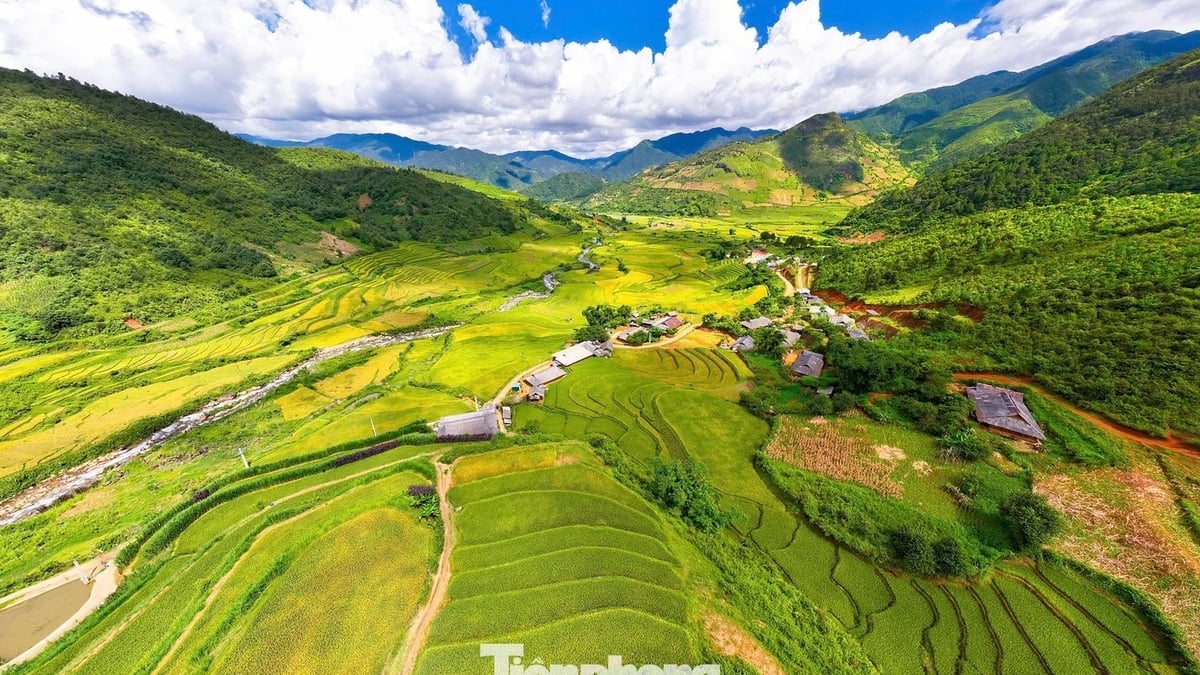
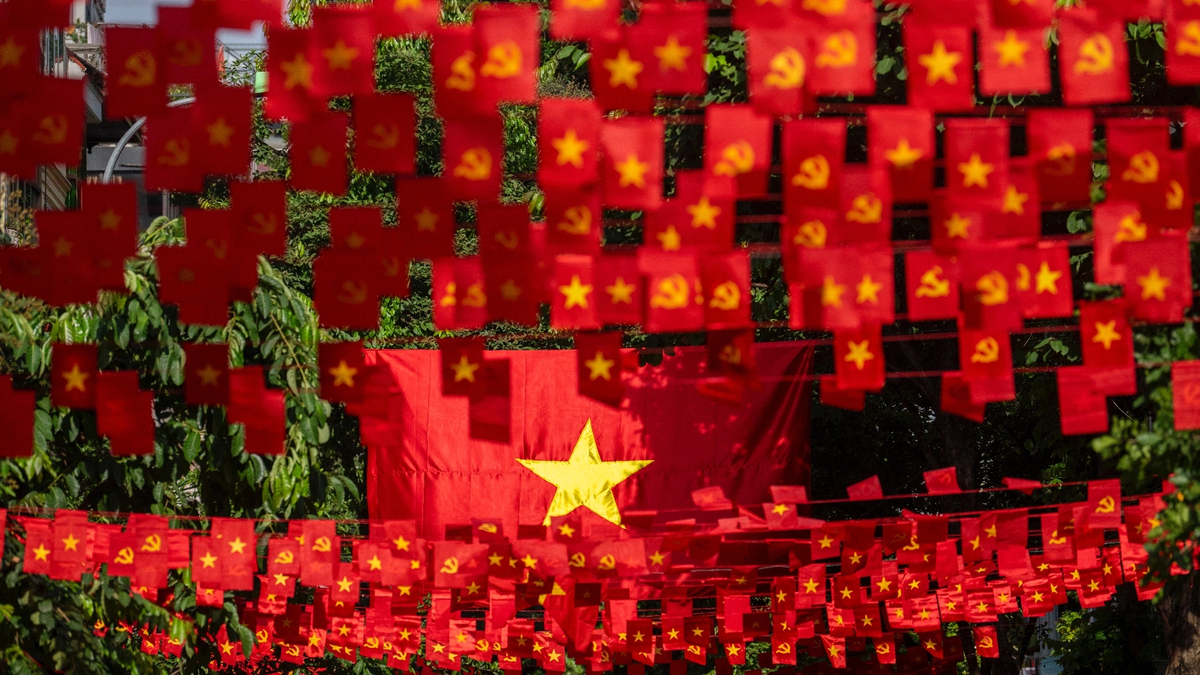
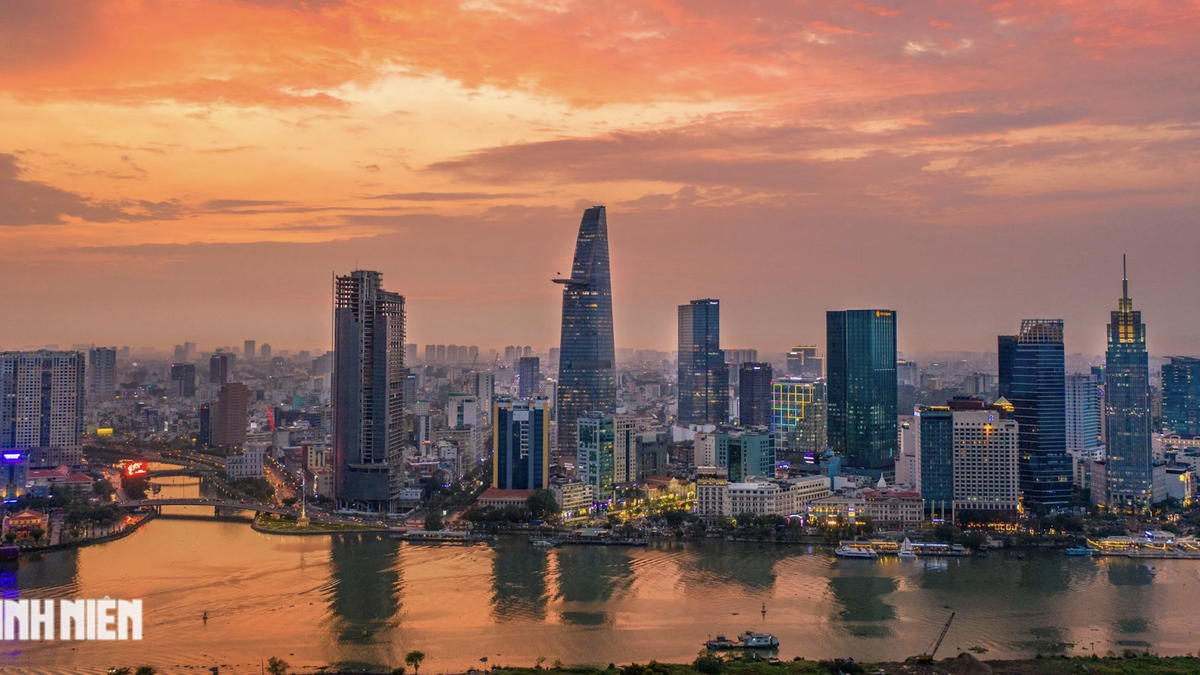
![[Photo] Prime Minister Pham Minh Chinh chairs the meeting of the Government Party Committee Standing Committee](https://vphoto.vietnam.vn/thumb/1200x675/vietnam/resource/IMAGE/2025/8/23/8e94aa3d26424d1ab1528c3e4bbacc45)
![[Photo] General Secretary To Lam attends the 80th Anniversary of the Cultural Sector's Traditional Day](https://vphoto.vietnam.vn/thumb/1200x675/vietnam/resource/IMAGE/2025/8/23/7a88e6b58502490aa153adf8f0eec2b2)



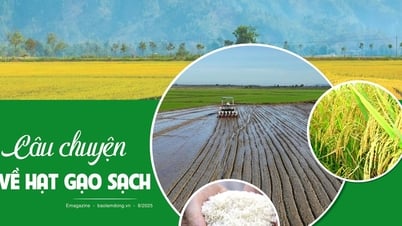

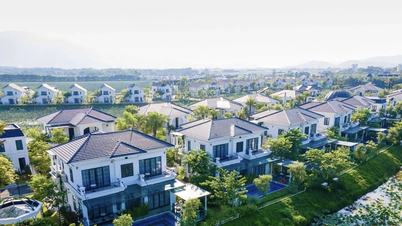

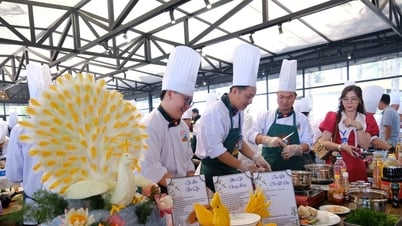




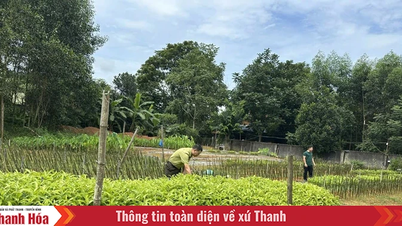
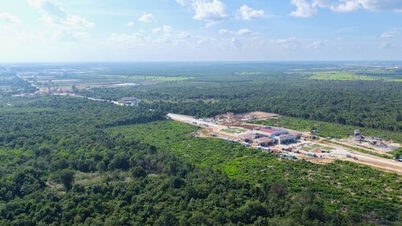


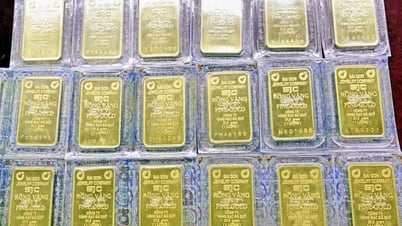

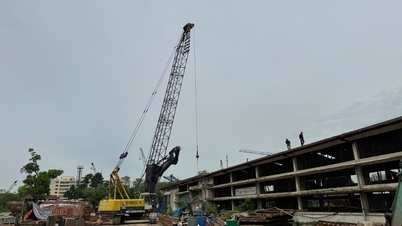





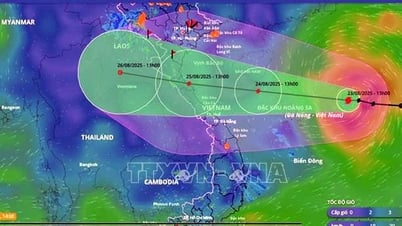
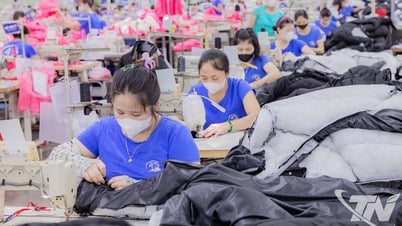
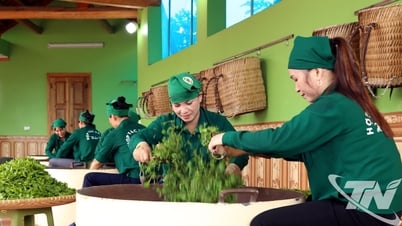
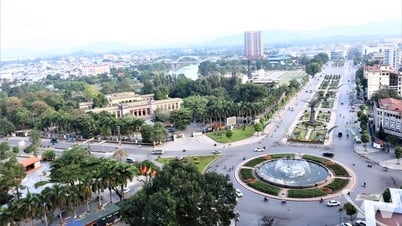
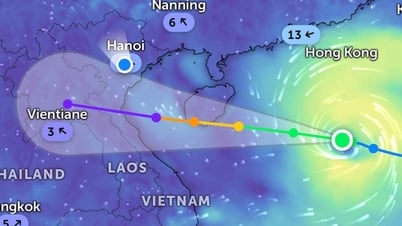
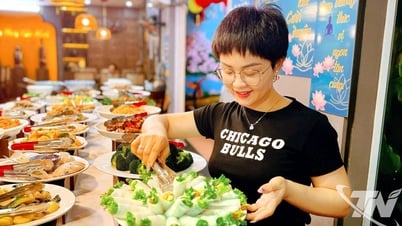
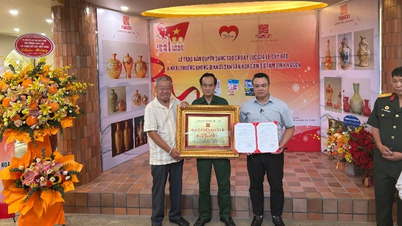

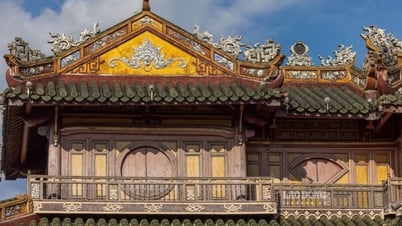

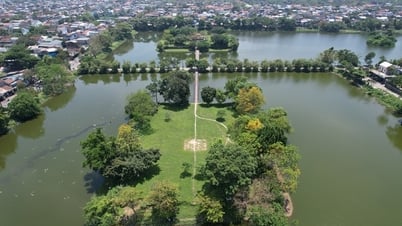

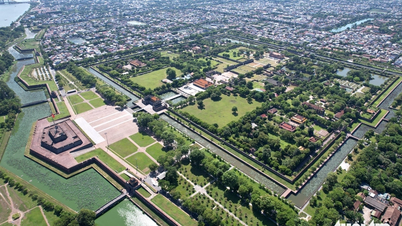


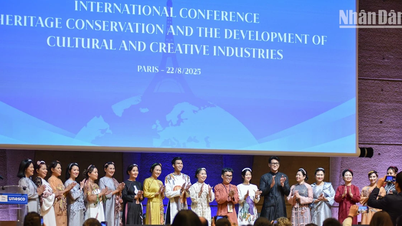


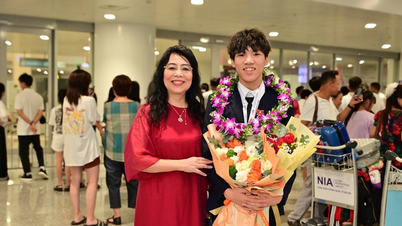


















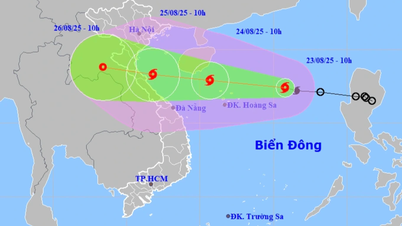







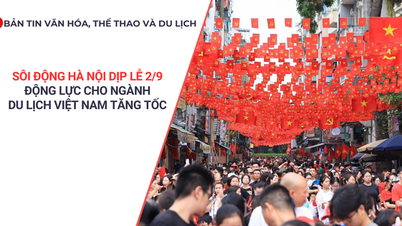


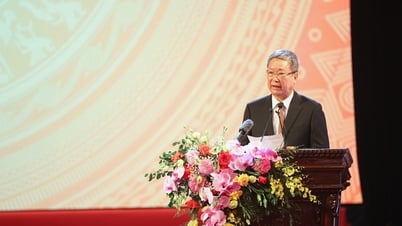


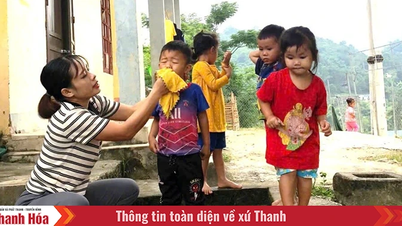
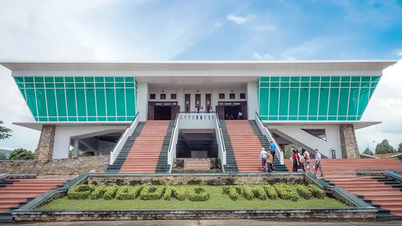



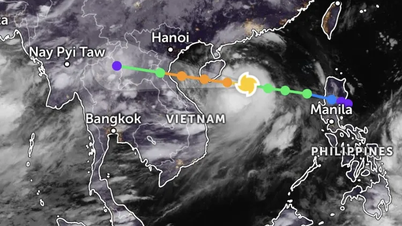



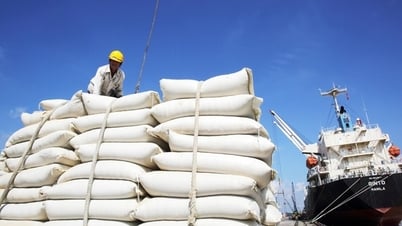



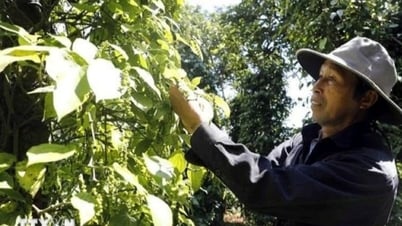






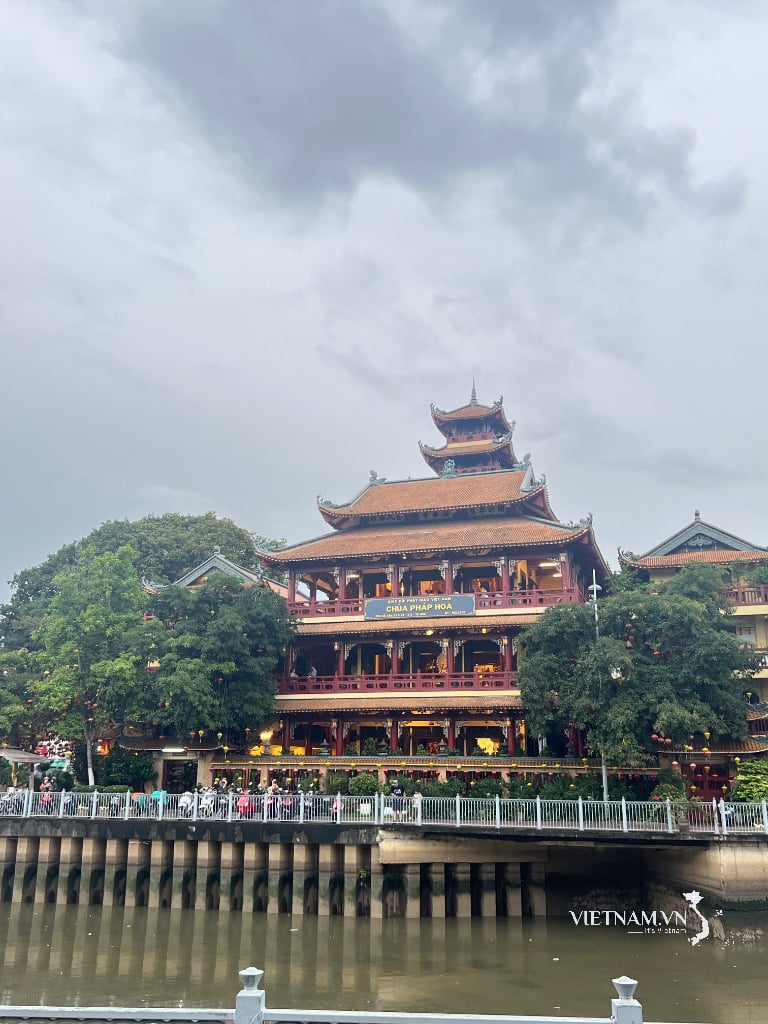

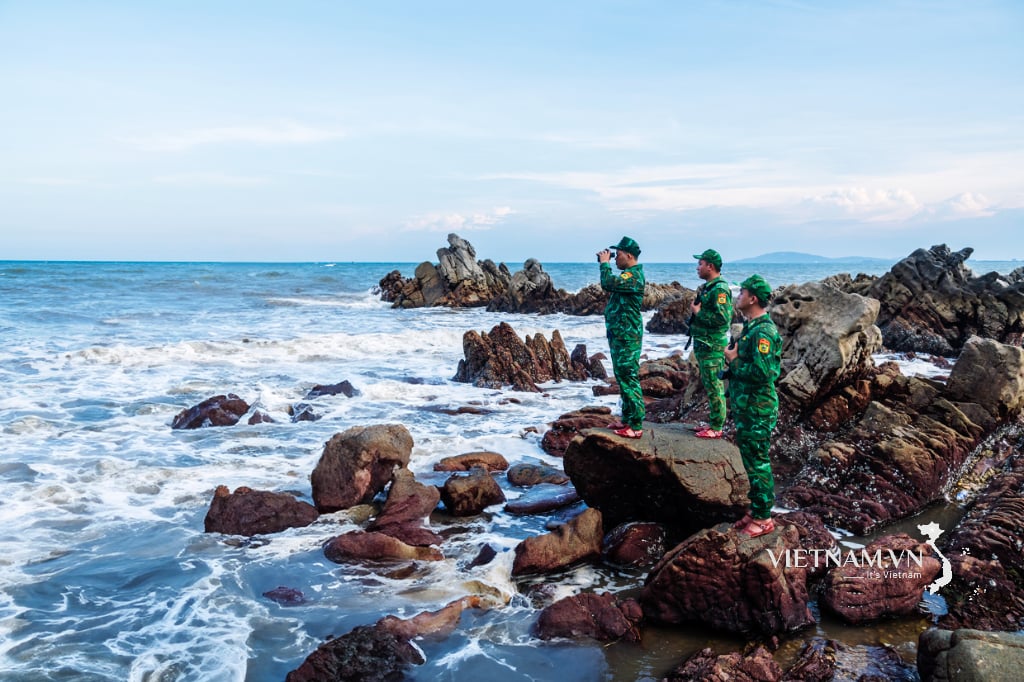
Comment (0)